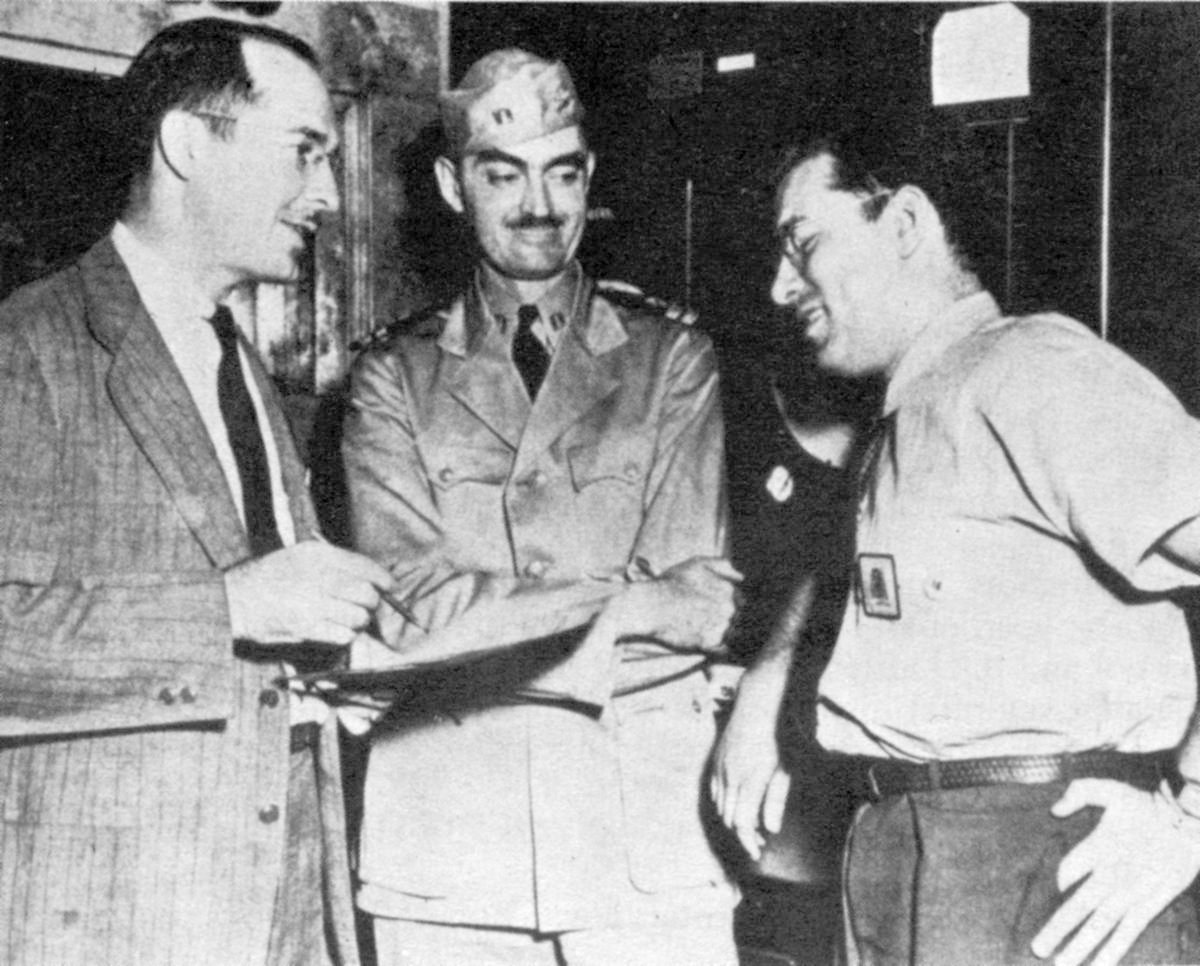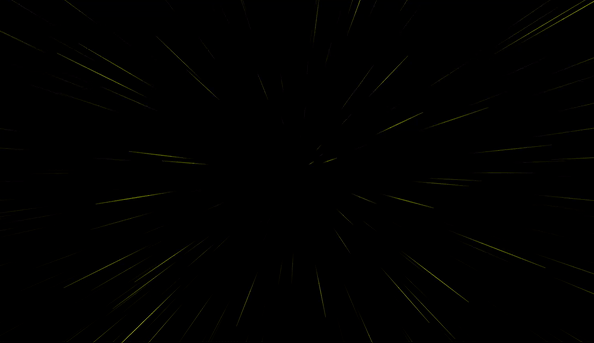|
Star Light (short Story)
''Star Light'' is a science fiction short story by American writer Isaac Asimov. It was first published in the October 1962 issue of ''Scientific American'' and reprinted in Asimov's 1968 collection ''Asimov's Mysteries''. Plot summary Arthur Trent is a starship pilot and the young accomplice of Brennmeyer, an elderly and brilliant researcher. Brennmeyer has been planning a crime for thirty years. They have stolen a quantity of a valuable substance called krillium that is needed to build robots, and can be sold for millions on any civilized world. Due to the size of the galaxy and the lack of any central government, no cooperation between police of different planets is possible except for the closest ones. So, as long as they are far enough from the point of origin, no search shall be possible; nor shall there be any reason for the locals to believe that the krillium was illegally obtained. Brennmeyer has compiled extensive data on stars and inhabited planets for many thousands of ... [...More Info...] [...Related Items...] OR: [Wikipedia] [Google] [Baidu] |
Science Fiction
Science fiction (sometimes shortened to Sci-Fi or SF) is a genre of speculative fiction which typically deals with imagination, imaginative and futuristic concepts such as advanced science and technology, space exploration, time travel, Parallel universes in fiction, parallel universes, extraterrestrials in fiction, extraterrestrial life, sentient artificial intelligence, cybernetics, certain forms of immortality (like mind uploading), and the technological singularity, singularity. Science fiction List of existing technologies predicted in science fiction, predicted several existing inventions, such as the atomic bomb, robots, and borazon, whose names entirely match their fictional predecessors. In addition, science fiction might serve as an outlet to facilitate future scientific and technological innovations. Science fiction can trace its roots to ancient mythology. It is also related to fantasy, Horror fiction, horror, and superhero fiction and contains many #Subgenres, sub ... [...More Info...] [...Related Items...] OR: [Wikipedia] [Google] [Baidu] |
Short Story
A short story is a piece of prose fiction that typically can be read in one sitting and focuses on a self-contained incident or series of linked incidents, with the intent of evoking a single effect or mood. The short story is one of the oldest types of literature and has existed in the form of legends, Myth, mythic tales, Folklore genre, folk tales, fairy tales, tall tales, fables and anecdotes in various ancient communities around the world. The modern short story developed in the early 19th century. Definition The short story is a crafted form in its own right. Short stories make use of plot, resonance, and other dynamic components as in a novel, but typically to a lesser degree. While the short story is largely distinct from the novel or novella, novella/short novel, authors generally draw from a common pool of literary techniques. The short story is sometimes referred to as a genre. Determining what exactly defines a short story has been recurrently problematic. A classic de ... [...More Info...] [...Related Items...] OR: [Wikipedia] [Google] [Baidu] |
Isaac Asimov
Isaac Asimov ( ; 1920 – April 6, 1992) was an American writer and professor of biochemistry at Boston University. During his lifetime, Asimov was considered one of the "Big Three" science fiction writers, along with Robert A. Heinlein and Arthur C. Clarke. A prolific writer, he wrote or edited more than 500 books. He also wrote an estimated 90,000 letters and postcards. Best known for his hard science fiction, Asimov also wrote mystery fiction, mysteries and fantasy, as well as much nonfiction. Asimov's most famous work is the ''Foundation series, Foundation'' series, the first three books of which won the one-time Hugo Award for "Best All-Time Series" in 1966. His other major series are the ''Galactic Empire series, Galactic Empire'' series and the ''Robot series, Robot'' series. The ''Galactic Empire'' novels are set in the much earlier history of the same fictional universe as the ''Foundation'' series. Later, with ''Foundation and Earth'' (1986), he linked this distant ... [...More Info...] [...Related Items...] OR: [Wikipedia] [Google] [Baidu] |
Scientific American
''Scientific American'', informally abbreviated ''SciAm'' or sometimes ''SA'', is an American popular science magazine. Many famous scientists, including Albert Einstein and Nikola Tesla, have contributed articles to it. In print since 1845, it is the oldest continuously published magazine in the United States. ''Scientific American'' is owned by Springer Nature, which in turn is a subsidiary of Holtzbrinck Publishing Group. History ''Scientific American'' was founded by inventor and publisher Rufus Porter (painter), Rufus Porter in 1845 as a four-page weekly newspaper. The first issue of the large format newspaper was released August 28, 1845. Throughout its early years, much emphasis was placed on reports of what was going on at the United States Patent and Trademark Office, U.S. Patent Office. It also reported on a broad range of inventions including perpetual motion machines, an 1860 device for buoying vessels by Abraham Lincoln, and the universal joint which now can be found ... [...More Info...] [...Related Items...] OR: [Wikipedia] [Google] [Baidu] |
Asimov's Mysteries
''Asimov's Mysteries'', published in 1968, is a collection of 14 short stories by American writer Isaac Asimov, almost all of them science fiction mysteries (although, as Asimov admits in the introduction, some are only borderline). The stories were all originally published in magazines between 1954 and 1967, except for "Marooned off Vesta", Asimov's first published story, which first appeared in 1939. Four stories in the collection feature the character of Wendell Urth, who is a leading extra-terrologist (an expert on alien worlds and life originating on them). Urth is eccentric in that he has a phobia of all mechanical forms of transport (an exaggeration of Asimov's own aversion to flying). Physically Urth resembles Norbert Wiener. Urth appears in the stories when he is consulted by an agent of the Terrestrial Bureau of Investigation, H. Seton Davenport, in cases which have him baffled – a parallel with the way in which Inspector Lestrade consults Sherlock Holmes. In a fifth ... [...More Info...] [...Related Items...] OR: [Wikipedia] [Google] [Baidu] |
Hyperspace (science Fiction) In science fiction, hype |



